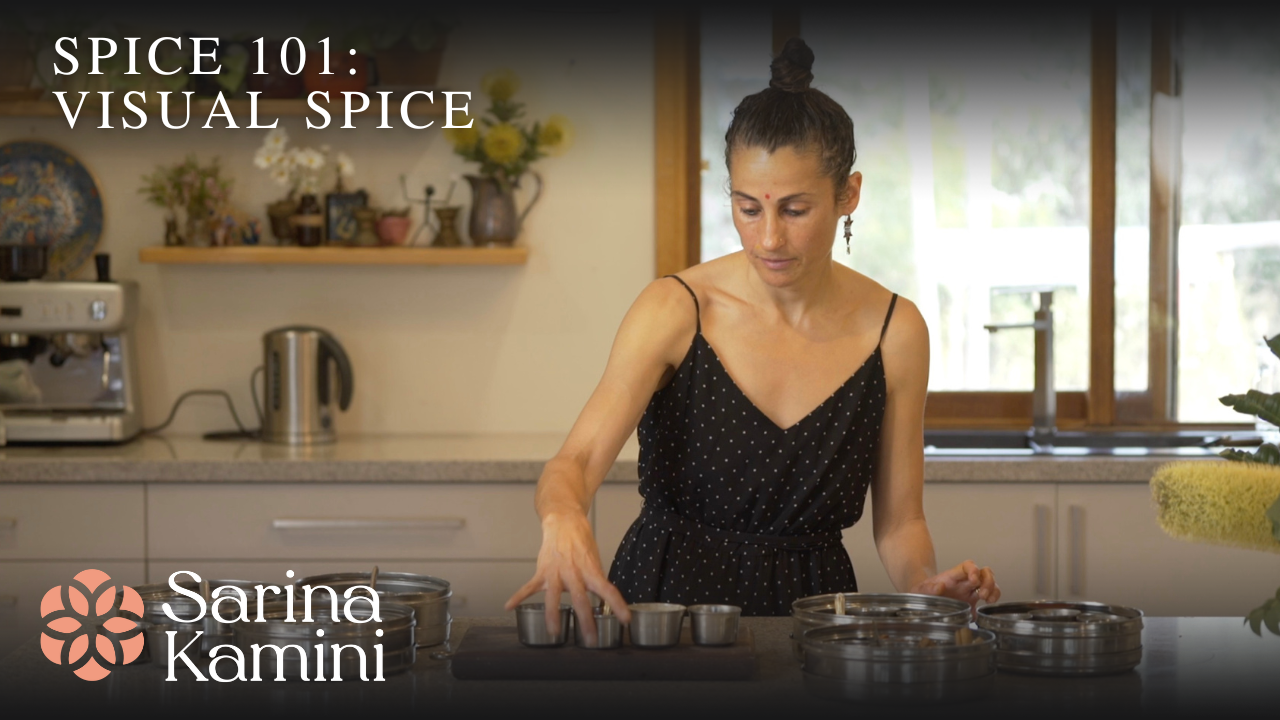VISUAL SPICES
VISUAL SPICES

SPICES HAVE A VISUAL LANGUAGE—LEARN TO SPEAK IT.
The textures and colours of spices contain aromatic codes that tell us lots of things about how spices taste, and the work they can perform in dishes. Learning this visual language will open up a new pleasure and skill in your kitchen. For more on the specifics of how to de-code spices, read the answers to our FAQs linked below.
View our frequently asked q&a section on understanding spices >
SPICE VISUAL CUES
FAQS
How does texture influence taste?
Texture in general impacts taste, because the texture of a food has an affect on the interaction between flavour and our palate. Crunchy celery, for example, tastes brighter and cooler and wetter than limp celery, which shows more bitterness.
What does spice texture mean in flavour?
Heavy powdered spices will feel fuller. Whole dried seed spices (cumin seed and nigella seed, for example) will have tastes that last for longer and feel more faceted, or dimensional. Whole spices like bay leaf or star anise or cinnamon quills will provide strong or penetrating flavour.
What do colours tell us about how spices taste?
Reds speak to heat. Yellow, white or cream spices normally mean bitter and astringent taste. Spices coloured like soil will be earthy. Green coloured spices will have movement and freshness. Ochre coloured spices are warming. It There is a definitive logic between how we think about colour, and what that tastes like.
How do you blend spices using visual cues?
When using visual cues to blend spices, it can be done in a few ways. Using lots of harmonious colours together will make a softer and more elegant blend. Using lots of contrasting colours will create more jazzy or unpredictable tastes. And combining different textures—seeds and powders and leaves—will create more depth.



